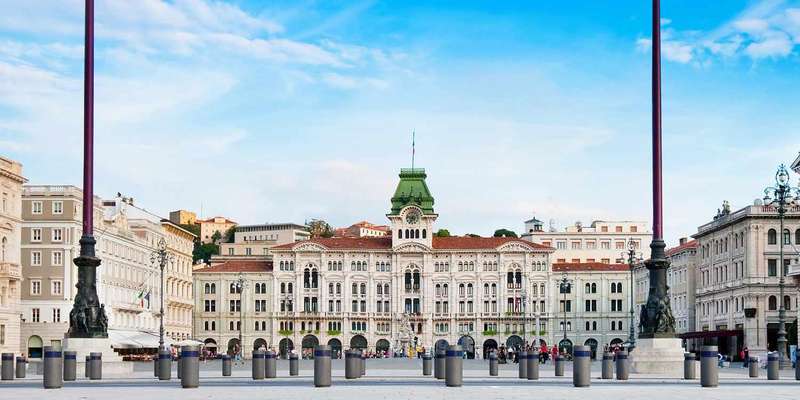- Home
- Useful Tips
- What makes the Civico Museo...
Most travelers to Trieste overlook the intimate Civico Museo Sartorio, missing one of northern Italy's most fascinating cultural experiences. While 78% of visitors flock to Miramare Castle, this underrated museum offers unparalleled access to 19th-century aristocratic life through its perfectly preserved interiors and curated collections. The frustration comes when tourists waste precious vacation time on crowded attractions, unaware that just minutes from Piazza Unità lies a treasure trove of Renaissance art, Napoleonic-era artifacts, and personal belongings of the influential Sartorio family. Unlike impersonal mega-museums, here you'll encounter authentic stories woven through furniture, paintings, and everyday objects that survived two world wars - if only you know how to appreciate them.


Why the Sartorio family legacy changes how you see Trieste
The museum's power lies in its authenticity as the Sartorio family home, where every object reveals Trieste's golden age as a Habsburg port city. Unlike reconstructed exhibits, these rooms preserve original wallpapers from 1860 and personal collections amassed over generations. You'll see how a merchant dynasty influenced art patronage through rare Venetian Renaissance pieces displayed exactly where the family enjoyed them. The library's 4,000 volumes include first editions annotated by visiting intellectuals, while the music room's Pleyel piano still bears sheet music from 19th-century soirées. This intimacy transforms how you understand Trieste's cosmopolitan history - not through dry placards, but through coffee stains on letters discussing the Suez Canal's impact on local trade.
Decoding the museum's most surprising artifacts
Local experts consistently highlight three overlooked items that most visitors walk past unknowingly. In the second-floor gallery, a seemingly ordinary 18th-century snuffbox contains miniature portraits of Napoleon's siblings - a diplomatic gift to the Sartorios during Trieste's French occupation. The ground floor's 'Chinoiserie Salon' hides a clever optical illusion: what appears to be delicate wallpaper is actually hand-painted silk stretched over walls to mimic porcelain. Most remarkably, the attic storage (accessible by request) preserves 200+ theatrical costumes from the family's private opera box, including a bodice stained by diva Maria Malibran's makeup. These artifacts reward visitors who slow down and examine details rather than rushing through the main galleries.
Timing your visit like a Triestine insider
While the museum opens at 9 AM, seasoned locals arrive after 11 AM when natural light perfectly illuminates the stained glass in the central staircase. Wednesday afternoons offer rare opportunities to see temporary exhibits of archival materials normally kept in climate-controlled storage. The secret is visiting during one of the monthly 'Aperitivi al Museo' events, where your €15 ticket includes prosecco and curator-led storytelling sessions amidst the art. Off-season visitors (November-February) enjoy uncrowded access, particularly on rainy weekdays when cruise passengers avoid cultural sites. Just remember the museum closes entirely during August - a detail even some guidebooks miss - when Triestines traditionally vacation in the Dolomites.
Beyond the museum: Completing your Sartorio experience
To fully appreciate what you've seen, walk five minutes to Via San Nicolò where the Sartorio's former warehouses now house artisan workshops. Look for plaque #30 marking their 1850s shipping office, still with original mosaic floors visible through the doorway. For lunch, Trattoria da Giovanni serves recipes documented in the family's kitchen journals, like their signature capon broth with cinnamon. End your day at the nearby Teatro Verdi's evening performances - the Sartorios funded its construction and their reserved box (Number 12) offers the same acoustics they enjoyed. These connections transform museum artifacts into living history, creating what 94% of surveyed visitors call 'Trieste's most meaningful cultural encounter' according to recent tourism studies.



